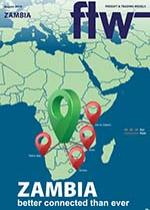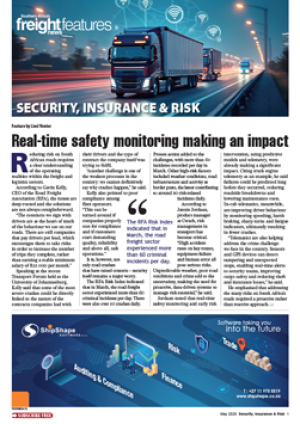L usaka-based transport and logistics company Galco has diversified from its focus on the Dar es Salaam corridor to include Beira and Durban. “Hauliers must create value by reducing costs for clients, which is why we have diversified,” says Moses Kachunda, general manager of Galco Zambia. The company, which has its roots in Tanzania, started operating in Zambia around three years ago and now has a fleet of 110 Zambia-registered trucks, with sub-contractors adding 160 to the total, according to Kachunda. Galco Zambia is in the process of adding 40 trucks to its fleet – which is complemented by a South African fleet of around 50 tri-axles and superlinks. With the combined fleets Galco is able to carry freight between both the Democratic Republic of Congo (DRC) and Zambia to the three eastern seaboard ports serving the Copperbelt. The next step will be to include Walvis Bay on the west coast. Galco is working on securing northbound cargo in order to balance the loads, he says. Kachunda says the revival of rail services should not be viewed as competition but complementary to road services. Plans for an intermodal hub at Grootfontein in Namibia will help make the Walvis Bay corridor more competitive, he believes. “We need rail. It is an essential part of the mix. Efficient logistics is what makes a country competitive,” he adds. Botswana is set to become the preferred link between the Copperbelt and South Africa once the Kazungula bridge is opened, he believes. Shippers or owners dictate which port is used, while transporters determine the border posts and route, he says. Hauliers will choose the route which offers the best facilities, safety and efficiencies – and Botswana is expected to be more competitive in all of these than Zimbabwe. The border posts are less congested, and the bridge will essentially give shippers the choice of two ports – Walvis Bay and Durban. Botswana also has the lowest diesel prices in the region, according to GlobalPetrolPrices. com. “Having a choice of ports and routes provides a balance for importers and exporters. “Logistics will drive growth in the region by making exporters more competitive globally. “We are positive about the future, which is why we continue investing,” he told FTW.
INSERT with IMAGE
We need rail. It is an essential part of the mix. – Moses Kachunda

